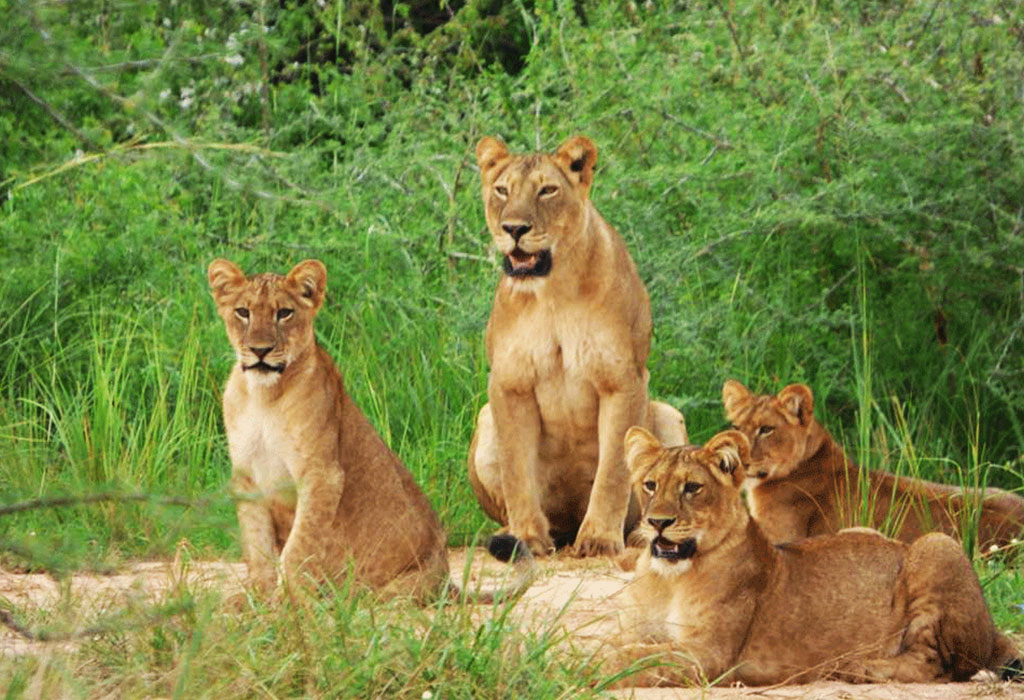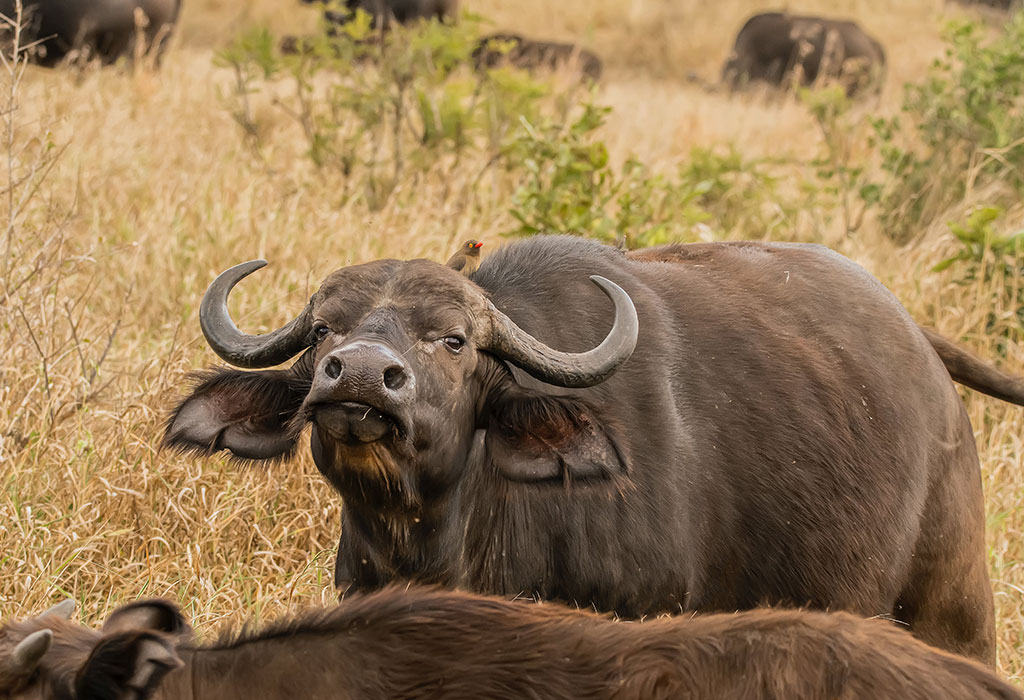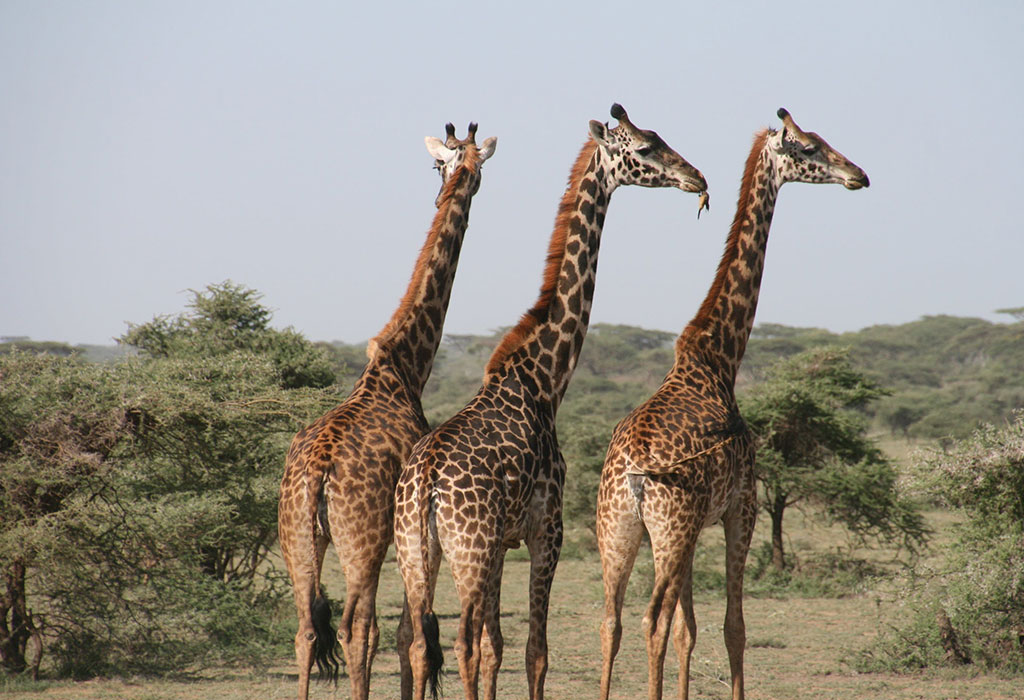What size is Akagera National Park; the park is situated in the eastern part of…
How long is Akagera River
How long is Akagera River, located in East Africa, is a significant watercourse that traverses several countries, playing a crucial role in the region’s geography, ecology, and human activities. This river has an intricate and fascinating length, which contributes to its importance. The Akagera River stretches approximately 597 kilometers (371 miles), making it one of the longest rivers in the East African region.
Originating from Lake Rweru, which is situated on the border between Rwanda and Burundi, the river flows in a generally northeasterly direction, forming the natural boundary between Rwanda and Tanzania. As it progresses, the Akagera River becomes an integral part of the landscape, weaving its way through varied terrain and impacting both the natural environment and the communities that depend on its waters.
One of the notable features of the Akagera River is its diverse course. The river meanders through a range of landscapes, including lush wetlands, savannas, and dense forests. This varied topography contributes to the river’s ecological richness and supports a wide array of flora and fauna along its banks. The wetlands, in particular, are vital habitats for numerous bird species, making the Akagera River a critical area for avian biodiversity.
The Akagera River serves as a source of sustenance for local communities that reside along its banks. The river’s waters are utilized for agricultural irrigation, providing fertile soil for crops, and supporting livelihoods. The agricultural activities around the Akagera River contribute significantly to the economic development of the region, fostering a connection between the river and the prosperity of the communities it flows through.
As the Akagera River continues its journey, it also plays a pivotal role in supporting wildlife. The river is a lifeline for many animal species, serving as a crucial water source in the predominantly dry landscapes it traverses. Large mammals, such as elephants and hippos, are often seen congregating along the riverbanks, highlighting the vital role the Akagera plays in maintaining the ecological balance of the area.
One of the remarkable aspects of the Akagera River’s length is its ability to connect different ecosystems and facilitate the movement of species across regions. This connectivity contributes to the overall health and resilience of the environment, allowing for genetic diversity among plant and animal populations.
Despite its importance, the river faces challenges, including environmental degradation and human-induced pressures. Deforestation, pollution, and climate change threaten the delicate balance of this ecosystem. Conservation efforts are underway to address these challenges and ensure the sustainability of the river and the surrounding landscapes.
In conclusion, the river, with its substantial length of approximately 597 kilometers, holds a central place in the East African landscape. From its origin at Lake Rweru to its meandering course through diverse terrains, the river shapes the geography, ecology, and human activities of the region. The Akagera River’s length is not merely a geographical statistic but a dynamic factor that influences the interconnected web of life along its banks. As efforts to conserve and sustain the river’s health continue, the significance of the Akagera River as a source of life for both nature and communities remains ever more apparent.



